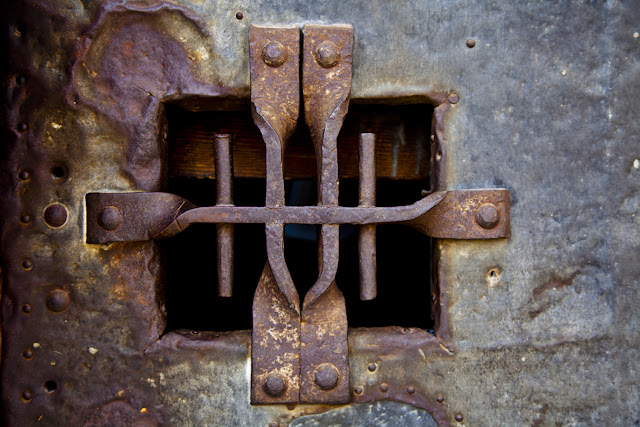Cortes and his Spanish missionaries converted the Aztec in the 16th
century, they tore down their grandiose temples and used much of the stone to
construct a church on the site. Nearly all of the stone from the nearby Templo Mayor was built into the cathedral. Built across three
centuries, we can recognize Renaissance, Baroque and
Neoclassical elements which harmoniously come
together to form a piece of great cultural and
spatial richness, unique in its genre.
 The
first stone of the Cathedral was placed by Hernán
Cortes in 1524 in an act of great symbolic
significance, as it was placed at the crossing of
the avenues which, from the four cardinal points,
lead to the sacred and spiritual centre of the Aztec capital and an energetic centre of the American continents
The
first stone of the Cathedral was placed by Hernán
Cortes in 1524 in an act of great symbolic
significance, as it was placed at the crossing of
the avenues which, from the four cardinal points,
lead to the sacred and spiritual centre of the Aztec capital and an energetic centre of the American continentsJust inside this doorway is a myriad of passages and doorways, transporting one into a state of timelessness, especially upon climbing the bell tower. Truly a symphony of stone. The spiritual energy of antiquity flows freely through this magnificent work of architecture.
The cathedral has 25 bells—eighteen hang in the east bell tower and seven in the west tower. The largest bell is named the Santa Maria de Guadalupe and weighs around 13,000 kilograms
The following triptych represents my best expression of the cathedral. An extension of passageways, stairwells, doorways, and further portals into the past. A walk through this cathedral is nothing short of spellbinding.
Here's a couple of views of the interior of the cathedral. Majestic, mystical, spiritual and certainly as spacious and heavenly as meant to be in it's design.
The lighting was a challenge here, I think I set the ISO at about 6400, and held my breath each time I gently squeezed the shutter. One time I tried to use a monopod for extra brace but was asked to put it away. Tripods and monopods are not permitted.
The design of the interior of the church is to reflect the feeling of the heavens from the inside. I have exemplified this notion with a composite image of some soft sunset colored clouds.






